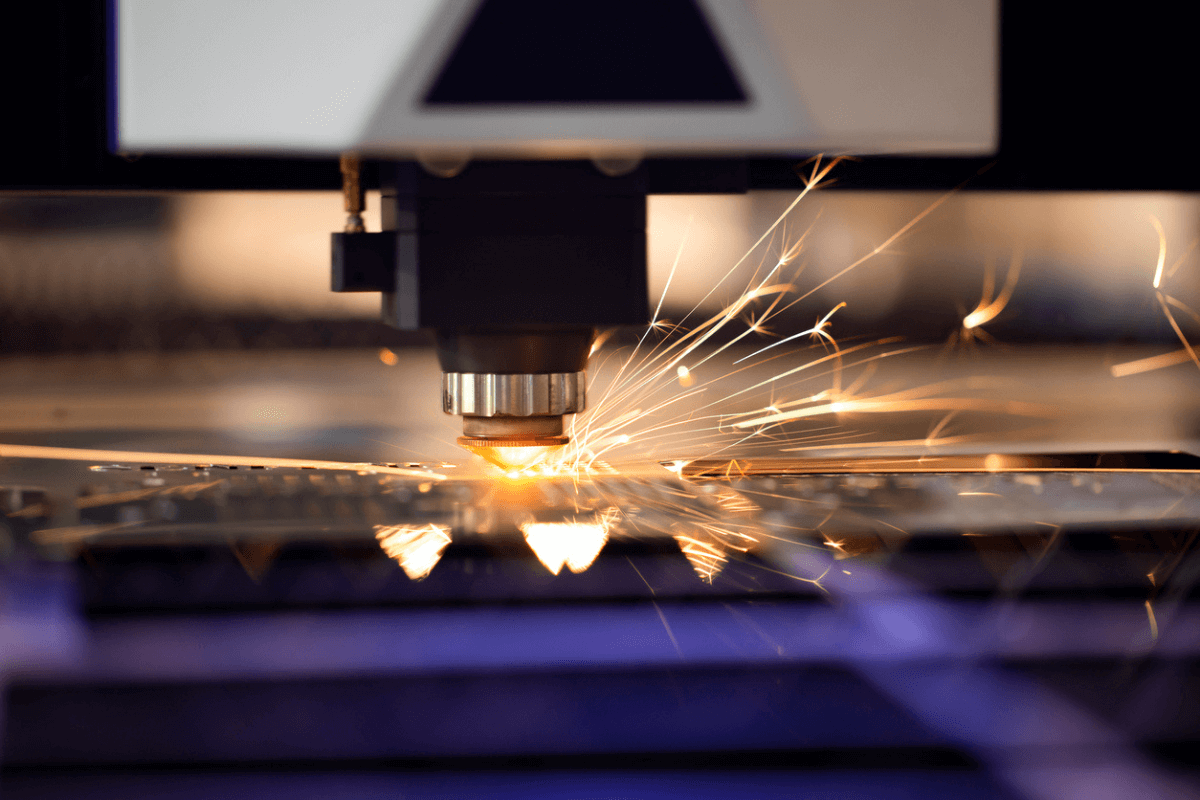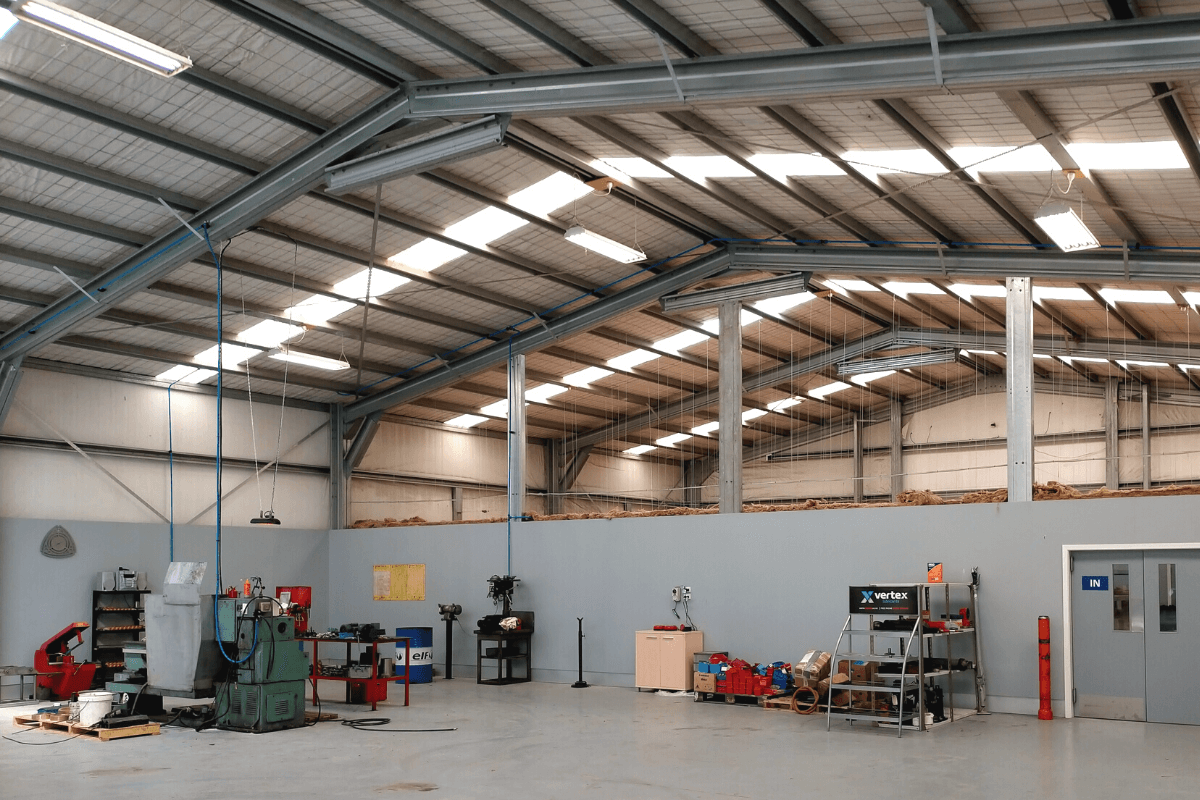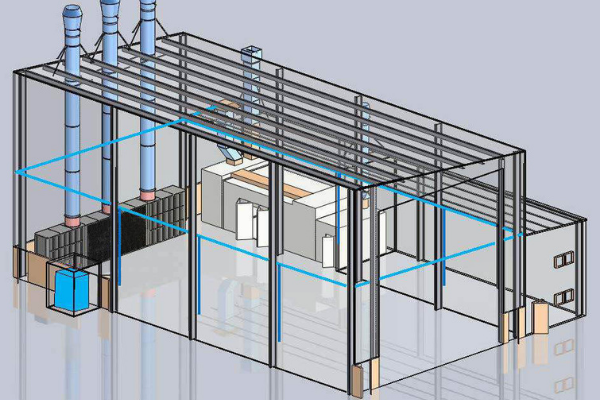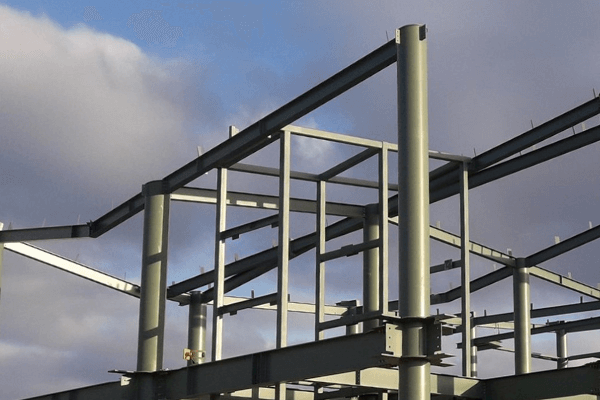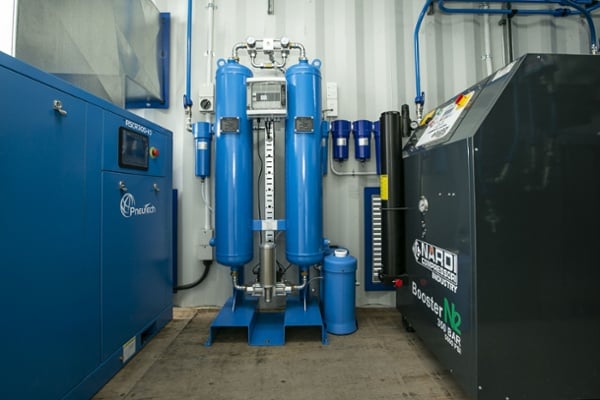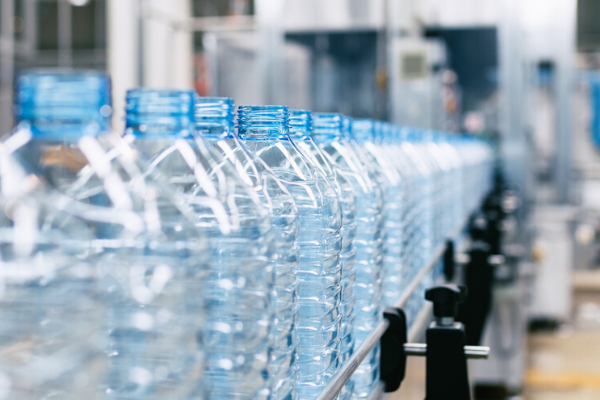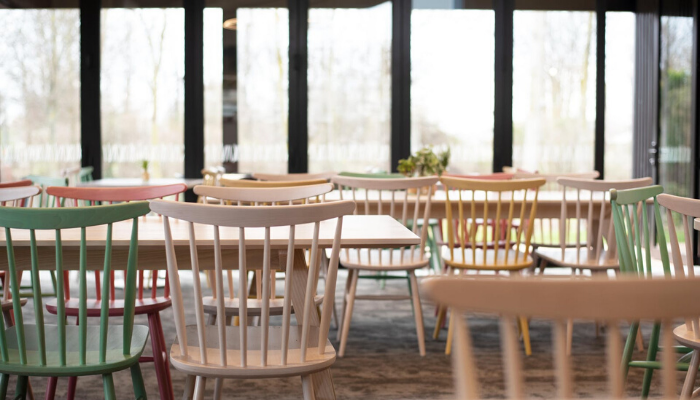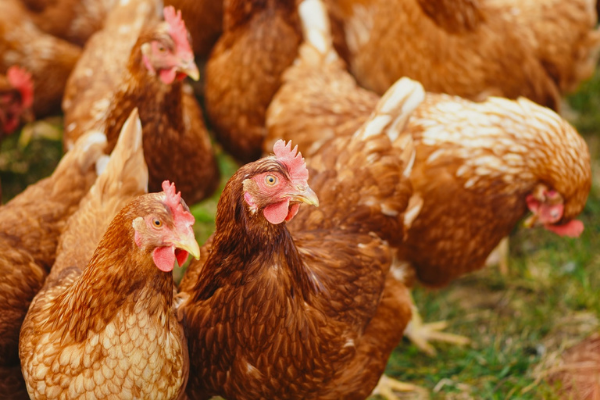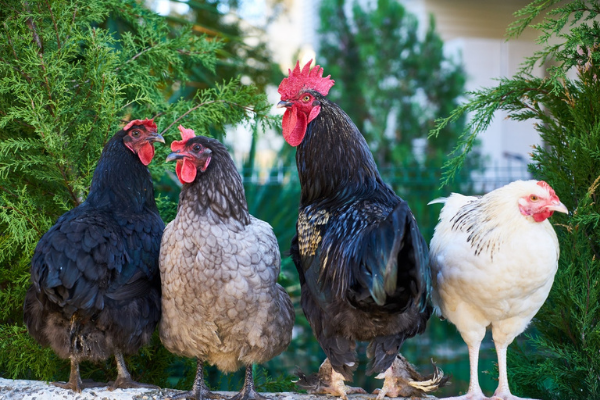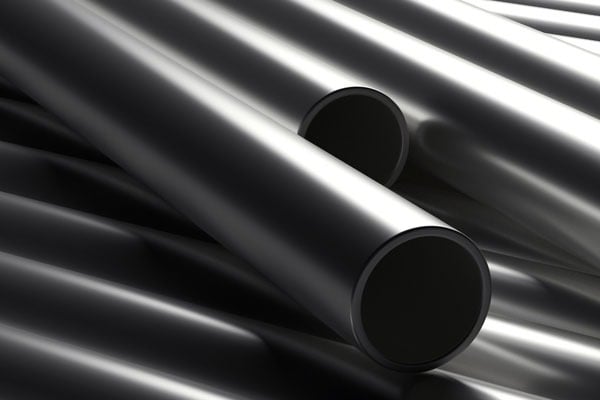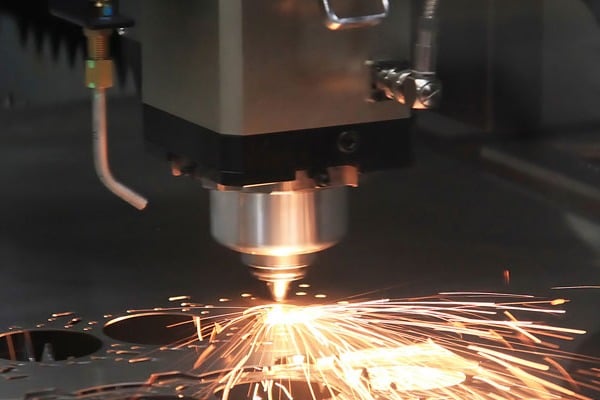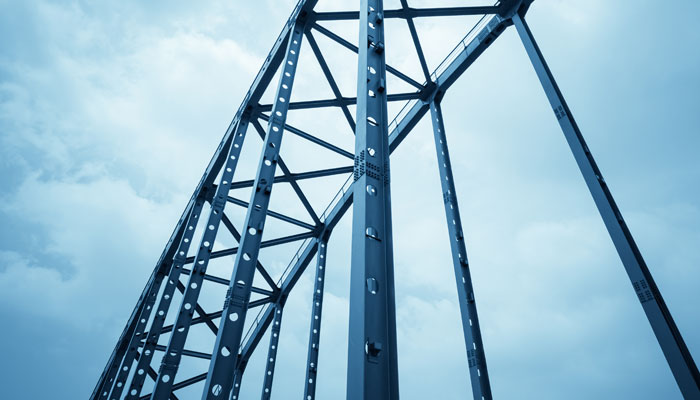Is your compressed air system getting old or leaky? It may be time to upgrade to a more efficient piping system, leading to significant savings and optimised productivity.
In this article, we discuss the potential energy savings and return on investment from modernising your air piping systems.
Benefits of upgraded compressed air piping systems
If you’ve noticed inconsistencies and issues in your compressed air system, your piping may need to be replaced. By upgrading your pipes to stainless steel or aluminium compressed air piping, you can increase energy efficiency and durability, while reducing corrosion, maintenance, running costs, and contaminants in the air supply.
Optimised airflow
With a smooth inner surface and no tube shrinkage, stainless steel pipes ensure efficient transfer of compressed air. In addition, the special seal and non-corrosiveness of the pipeline mean the pipes are entirely leak-free.
Improved air quality
Updating your pipes with stainless steel will dramatically improve the cleanliness of your compressed air, meaning you don’t need to invest in extra air treatment processes. The surface is smooth and non-porous, ensuring your air supply is as pure as can be.
This is particularly critical for applications requiring oil-free Class-0 Certification, such as the healthcare, electronics, and food and beverage industries. For more information about oil-free compressed air and compressed air quality, read our full article about when to use an oil-free air compressor.
Cost savings
While you will need to invest now, new pipes will save your business a significant amount of time and resources. Not only will you reduce your operational energy consumption, but you’ll also improve efficiencies for all your operations. With fewer unexpected delays or breakdowns, your team can work uninterrupted.
To optimise your efficiency and reduce costs even further, consider the press-fit piping from Pneupress. With no welding required, it’s easier to replace and up to 10 times faster to install.
Longevity
Made with stainless steel, new pipes will be able to withstand high temperatures and pressure fluctuations. They are also more resistant to cracks and fractures so you need fewer repairs and replacements. This will not only reduce wasted energy on leaks and pressure drops but will also lower the frequency of future system upgrades.

7 tips for compressed air piping and energy efficiency
From air leaks to drops in pressure, there are several reasons why your current system may be underperforming.
1. Choose the correct size pipes
If your aluminium pipes are too small, they won’t keep up with compressed air demand. This results in increased energy costs and excessive wear and tear on both the piping and end-use machinery. On the other hand, piping that is too large could result in problematic pressure drops, leading to operational inefficiencies.
To determine the right size pipes for your system, use our Piping Calculator tool.
2. Choose the right air piping layout
Your piping system should get the most effective compressed air transfer to your end-use equipment. Depending on the factory’s size and shape, one of two different layouts will be best — a straight piping layout (linear layout) or a looping piping layout (ring-main).
Linear layouts are best suited to long, narrow factories. In these layouts, there is no need for sharp bends in the pipes, meaning a loop system is unnecessary.
Best suited to a standard square-shaped factory, the air in a looping system flows through the ring main to meet the demand. This way, the air is evenly distributed throughout the piping system with the least amount of resistance. This lowers the strain on the overall pipe length and allows the system to run more effectively.
3. Eliminate inefficient sections
The more angles and elbow fittings in a compressed air system, the higher the chance of slow supply or unwanted pressure drops. By positioning the piping and end-use tools strategically, you can minimise these inefficiencies and save dramatically over time.
Well-designed piping will increase the energy efficiency of your air supply and improve the consistency of your air pressure. In turn, this will also reduce downtime and maintenance costs.
For more advice on piping installation and layout, read our full article about industrial air compressor installation costs.
4. Monitor air leaks
If your compressed air piping has leaks, you will lose a large portion of your air and waste energy in the process. By monitoring your system regularly with leak detection testing, you can catch any leaks as soon as they arise.
5. Assess your air pressure requirements
If you use high-pressure air for low-pressure applications, reassess your overall pressure requirements. In many cases, it may be more economical and energy-efficient to have two different compressors to meet different pressure needs.
6. Calculate your compressed air demand
If your air demand fluctuates, you may experience huge pressure drops across the system. In these cases, a variable-speed drive compressor is far more efficient than a fixed-speed compressor. On the other hand, if your air demand is constant, a fixed-speed compressor is likely the most efficient choice.
7. Monitor pressure drops
You will need to check your system regularly, inspecting it for any pressure drops caused by rust, undersized pipes, pipe constrictions, unnecessary deviations, or partly blocked filters. If any of these issues arise, repairing them will save significant amounts of money and energy.
Piping for compressed air systems
Stainless steel press-fit piping
The Pneupress range of stainless steel press-fit piping provides a simple, low cost alternative to conventional systems. In 10 years, this highly durable piping will look and function as well as it does on its first day. Ranging from 20mm up to 150mm, Pneupress piping can be used for gases, hot and cold water and oils.- Fast installation
- No fabrication or welding
- Leak-free
- Safe installation
- Cost-effective
- Hygienic
Aluminium compressed air piping
Our superior Alu Air range is high performing and long-lasting, offering superior durability and corrosion resistance. The pipes feature a thin-walled construction ideal for extremely high rates of airflow, transferring up to double the airflow than an equivalent PVC pipe.- Push-on reusable fittings, 20mm to 63mm.
- Double-lock clamp systems, 20mm to 250mm, offering a strong connection up to 40 bar.
Learn more about Alu Air piping >>
Compressed Air Pipe Sizing Calculator XLS
Our air piping calculator makes it easy to determine how much piping you need. Simply enter your piping CFM requirements and the distance of the furthest air outlet from the compressor in metres. Based on your answers, we’ll recommend the pipe diameter best suited to your unique requirements.
Alternatively, reach out to our team today to discuss your piping requirements and we’d be happy to assist.
Our calculator will help you determine the correct diameter of the ring main compressed air pipe system. Get started today!




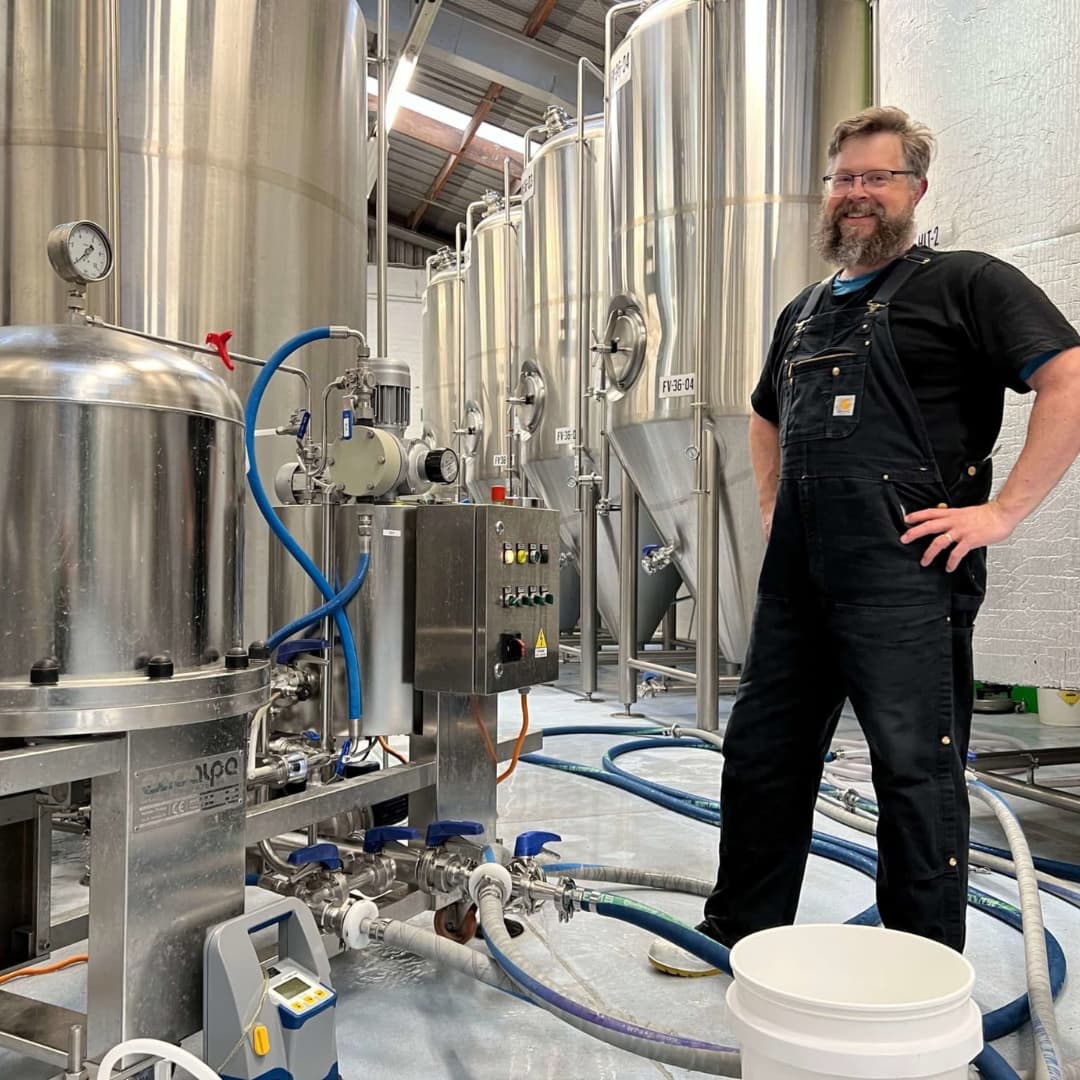
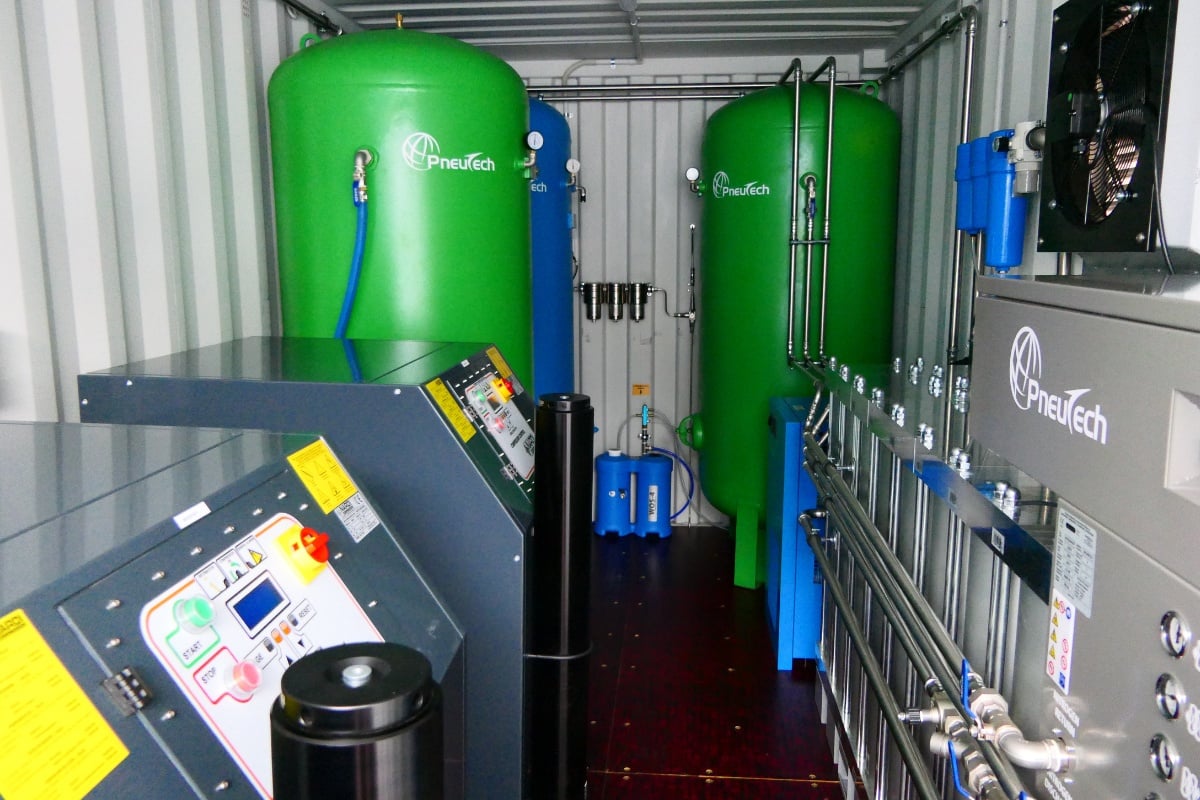
.jpg)


